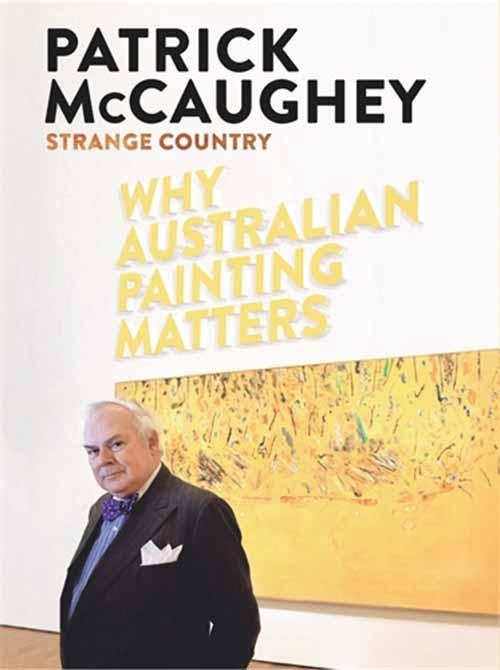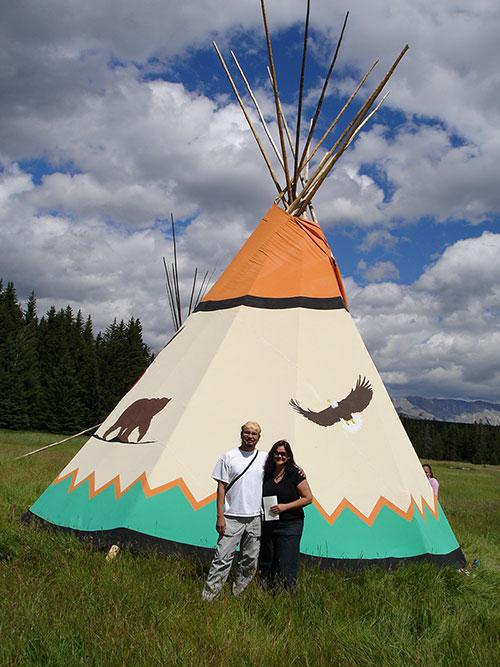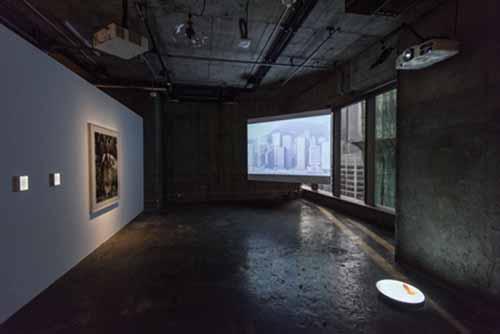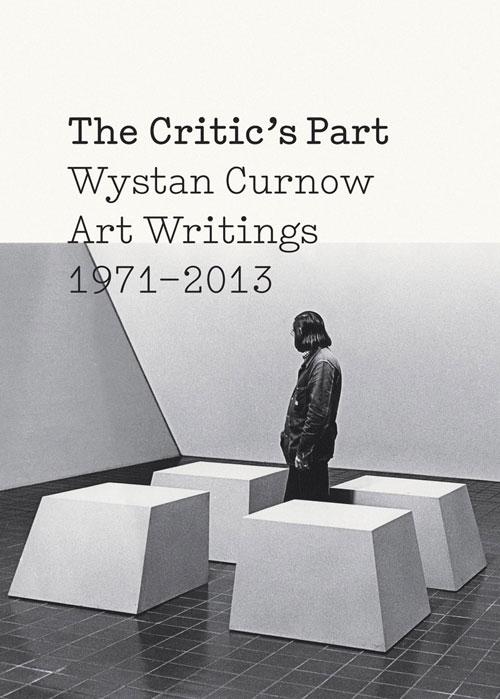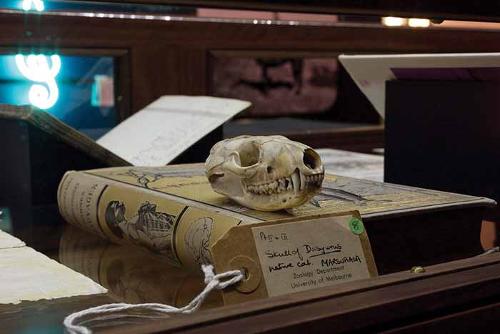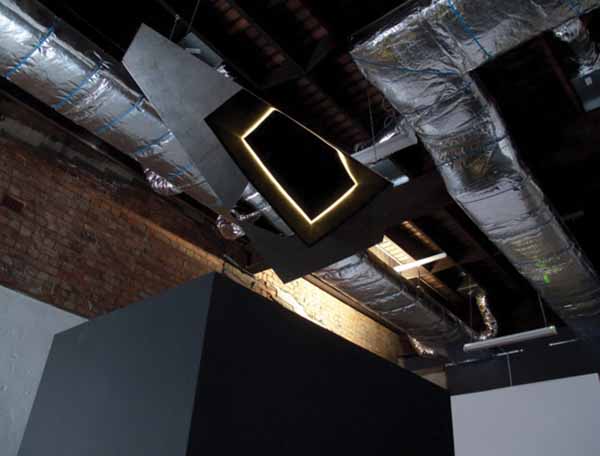
2014 was a big year for Caitlin Franzmann: she returned to Brisbane from an Asialink-supported residency in Istanbul, was chosen by esteemed Australian artist Mikala Dwyer to feature in her guest-curated Primavera exhibition at the Museum of Contemporary Art, Sydney, then she won the Churchie Art Prize for her performance work Magical Thinking, among other notable achievements.
Now in 2015, Caitlin Franzmann’s Chasing Infinite Junctures, acts more as a collaborative residency program, than an individual solo exhibition. Instead of taking a standard approach to displaying new work, the artist has used the exhibition period to explore new relationships and conversations with her public. Specifically, she has invited other artists who have an interest in time, light, sound and performance to respond to her work and other activity within the space.
Franzmann’s architectural intervention is the hub for all this activity. Its functionality is not merely as an art object, but more as a social space, and a site for collective experiences. Upon entering the space, you become aware that Boxcopy is much darker then it is usually: a black curtain keeps the outside light from diffusing inwards to the space. Once your eyes adjust, you are faced with a square black box in the middle of the exhibition space, you also notice that there are hexagon-shaped mirrors refracting different perspectives within the space, which are placed at variously staged intervals above and around the box.
Upon entering the box, you look down at your feet, and notice the only element of light in the exhibition is facing you in the form of a square, tracing the bottom walls of the space. Initially, it feels as if this space is isolated from the rest of the exhibition. But upon looking up, you realise that your image is one of the perspectives being refracted on the mirrors outside of the box; perhaps someone is looking at you, and perhaps you look back. This art experience uses the element of surprise to attempt to connect and engage audiences with the architecture, and with each other.
It is evident that through this exhibition the artist is pushing her practice beyond the mere architectural to audience relationships. Having explored this already in her practice, through numerous sites and various stagings, it seems that Chasing Infinite Junctures is more about further activating the installation, so that it, in itself, assists to form and impact the collaborations she has initiated.
The open studio approach shifts the way people engage with the exhibition. It opens up Franzmann’s practice to a wider audience, situating it within an interdisciplinary context. This approach conceptualises the element of time in relation to her work: instead of visitors only going to the opening, they are invited to revisit the exhibition at another time, and when they do this, the space might look different and have an alternative function.
Having asked the artist what she has been reading to inform the context of making this work, she mentions Deleuze’s philosophies, having been drawn to his ideas around ‘‘becoming’’ and ‘‘lines of flight’’. In context of this exhibition she asks herself, her collaborators and her audience: Can an event be a thought, or a glance exchanged?


